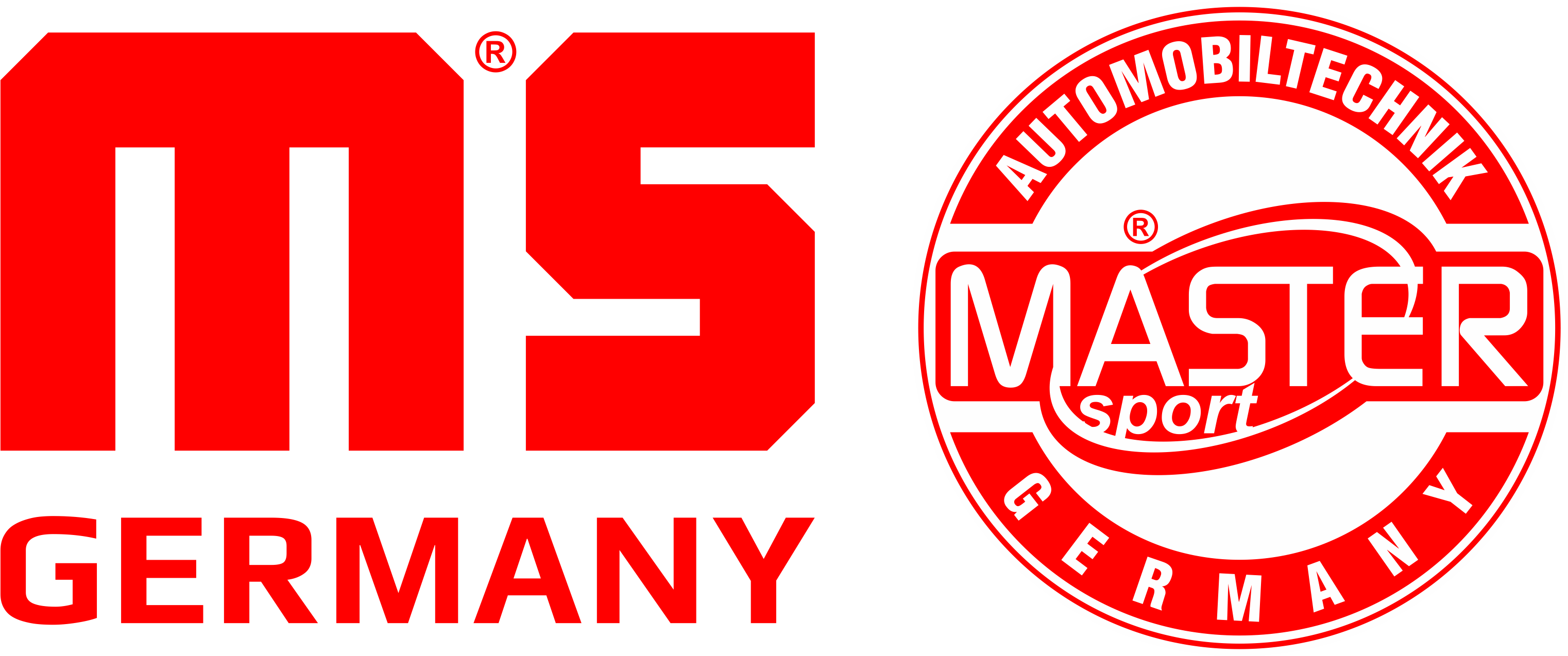The control arm ball joint is one of the key components of a car’s suspension system, playing a crucial role in ensuring stability and safety while driving. In this article, we will thoroughly explain what control arm ball joints are, how they work, and their significance in the suspension system. We have prepared a complete technical guide to help you understand the construction, functions, and operation of control arm ball joints.
What Is a Control Arm Ball Joint?
Definition
A control arm ball joint is a component of the suspension system that connects the control arm to the wheel hub. It acts as a spherical joint, allowing free movement of the suspension in various directions, which is essential for maintaining vehicle stability during driving.
Construction
The construction of a control arm ball joint includes several basic elements:
- Ball joint housing: Made of durable steel, the housing is the main load-bearing component.
- Ball stud: The spherical end that allows movement in various directions.
- Ball socket: Part of the control arm that encloses the ball stud and allows its movement.
- Seal: Protects the interior of the ball joint from contaminants and corrosion.
- Rubber boot: Provides additional protection against dust and moisture.
Materials
Control arm ball joints are typically made from high-strength steel to withstand significant loads and stresses. They are often coated with an anti-corrosion layer to enhance their durability and resistance to atmospheric conditions.
How Does a Control Arm Ball Joint Work?
Functions
The primary function of a control arm ball joint is to allow the suspension to move in various directions, which is crucial for maintaining vehicle stability and ride comfort. The ball joint allows for:
- Vertical suspension movement: Absorbing shocks and road irregularities.
- Horizontal movement: Enabling wheel rotation during steering.
- Rotation in multiple planes: Necessary for maintaining vehicle stability on uneven surfaces.
Operation Process
- Shock Absorption: While driving on uneven roads, the control arm ball joint allows the suspension to move up and down, absorbing shocks and vibrations.
- Vehicle Stabilization: By enabling the suspension to move in different directions, the ball joint helps maintain vehicle stability, especially during cornering and maneuvering.
- Precise Steering: The free movement of the ball stud in the socket ensures smooth and precise steering, contributing to better vehicle control.
Why Are Control Arm Ball Joints Important?
Safety
Worn or damaged control arm ball joints can lead to dangerous situations on the road. They can cause looseness in the suspension, affecting vehicle stability and steering control. Regular inspection and replacement of ball joints are crucial for maintaining road safety.
Ride Comfort
Functioning control arm ball joints ensure a smooth ride and comfort by absorbing shocks and road irregularities. This makes the journey more comfortable for both the driver and passengers.
Durability of Other Components
Worn control arm ball joints can cause excessive wear on other suspension components, such as shock absorbers and springs. Regular maintenance and replacement of ball joints can extend the lifespan of the entire suspension system.
What Are the Symptoms of a Worn Control Arm Ball Joint?
Common Symptoms
- Knocking or Clunking Noises: Sounds coming from the suspension area when driving over uneven surfaces.
- Steering Play: Increased looseness in the steering wheel, which may indicate a worn ball joint.
- Uneven Tire Wear: Tires wear out faster on one side, which could be a sign of ball joint issues.
- Steering Wheel Vibrations: Vibrations felt in the steering wheel, especially at higher speeds.
Diagnosis
If you notice any of the above symptoms, it is recommended to perform a thorough suspension inspection. Consulting a mechanic can also help to accurately diagnose the condition of the control arm ball joint and other suspension components.
How to Replace a Control Arm Ball Joint?
Step by Step
- Lift the Car: Use a jack and safety stands to lift the car and secure it from falling.
- Remove the Wheel: Remove the wheel to access the control arm ball joint.
- Loosen Mounting Bolts: Use the appropriate wrench to loosen the bolts securing the ball joint to the control arm and wheel hub.
- Remove the Old Ball Joint: Use a ball joint puller to extract the worn ball joint from the socket.
- Install the New Ball Joint: Insert the new control arm ball joint into the correct position and tighten the mounting bolts.
- Reattach the Wheel: Reattach the wheel and ensure all bolts are securely tightened.
- Test the Suspension: Take a test drive to ensure everything is functioning correctly.
Conclusion
The control arm ball joint is a key component of the car’s suspension system, playing a crucial role in ensuring stability and ride comfort. Understanding the construction, functions, and operation of control arm ball joints is essential for maintaining your vehicle in good technical condition. Regular inspection and replacement of worn ball joints not only increase road safety but also extend the lifespan of other suspension components. Remember, taking care of the suspension is an investment in driving safety and comfort for many years to come.


